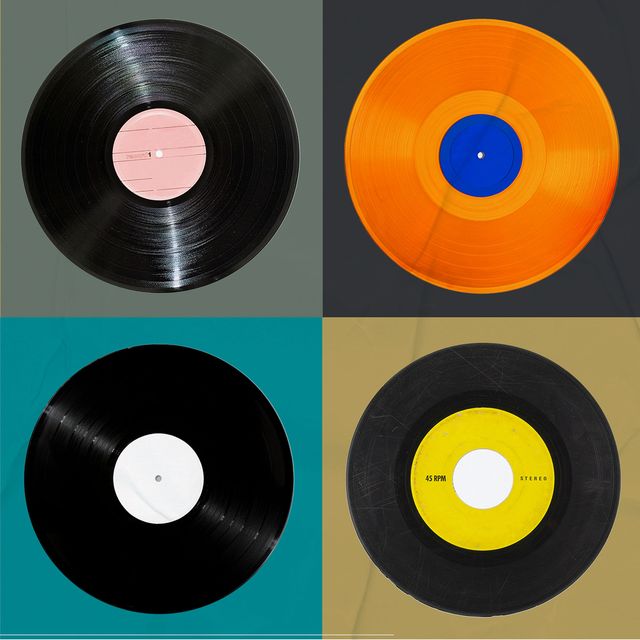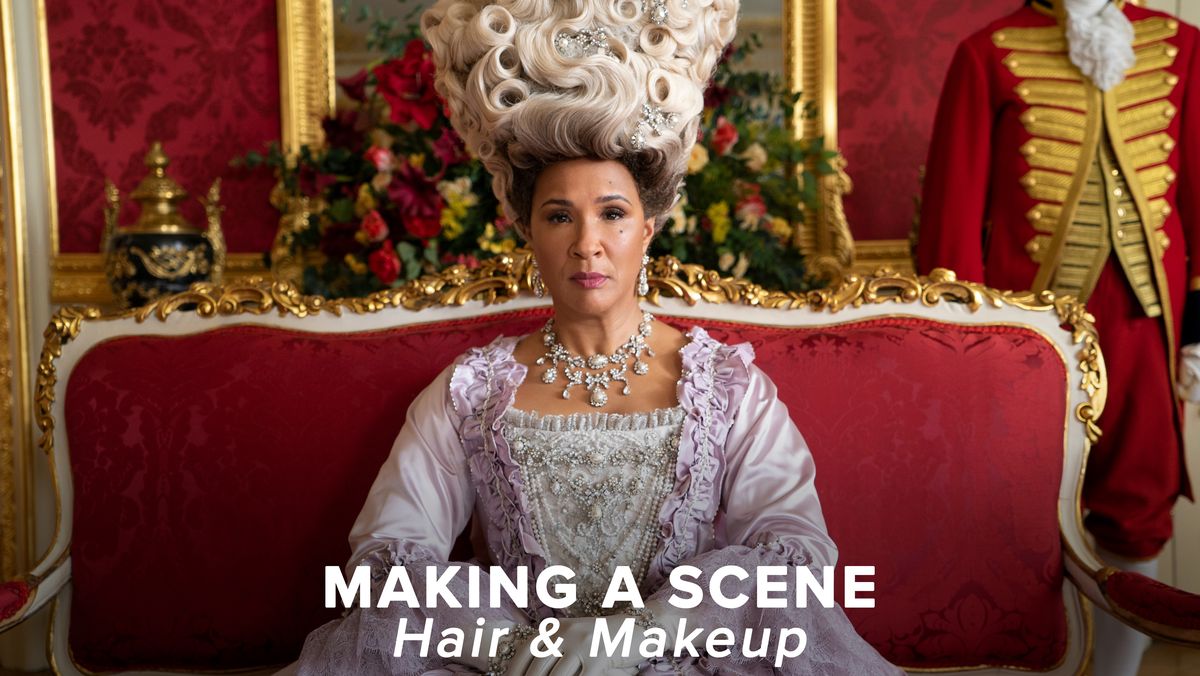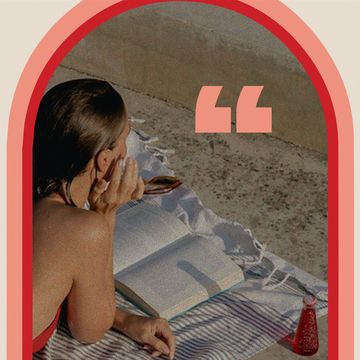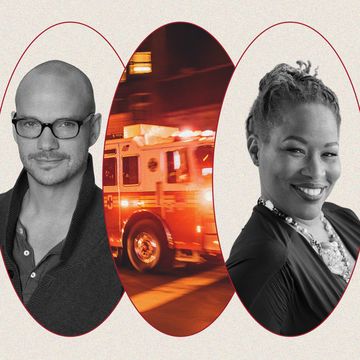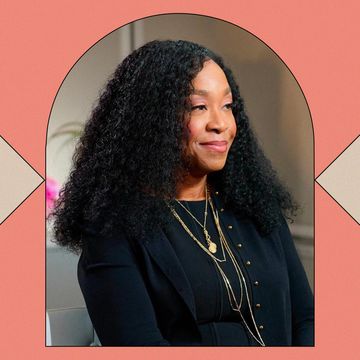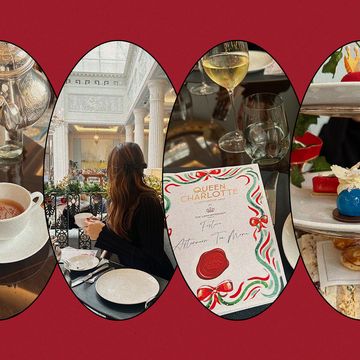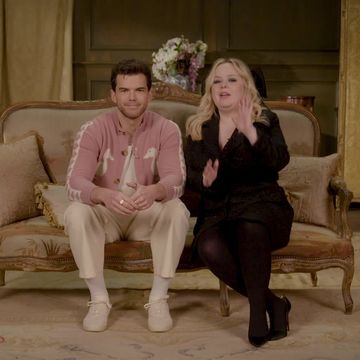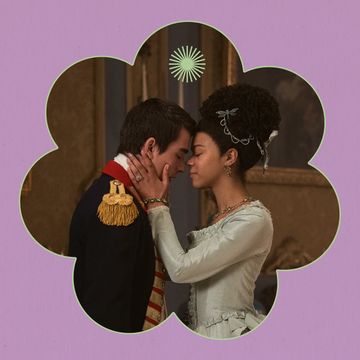On a Saturday afternoon this past September, my husband, Carlos, and I headed deep into the San Fernando Valley to check out a record store that recently opened in a mid-20th century storefront a couple of miles away from my childhood home. Deadly Wax, as the store is called, is tiny, with most of the collection loosely organized by genre, a few bins set aside for records that are $5 or less alongside a handful of rarities displayed on the wall. It’s a lot like the record stores I knew in my youth, the kind of place where you could drop $$$$ on a limited-edition release from a big rock band or pick up an aging James Bond soundtrack album for less than the price of coffee.
I went for the $1.99 copy of John Barry’s music from Goldfinger, something I didn’t know that I wanted or needed until I nearly flipped past it, and Shirley Bassey’s voice entered my mind, prompting me to take a pause.
As a child of the 1980s, my musical tastes developed with cassettes. I slipped blank ones into my boombox and quickly pressed the record button every time I heard a song I loved on the radio. For birthdays and Christmas, I unwrapped cassettes from the likes of Madonna, Michael Jackson, and Cyndi Lauper. As I got older, I used my birthday and babysitting money to invest in the back catalogs of Depeche Mode and The Cure. By high school in the ’90s, I added CDs to my collection, falling hard for the imported British releases at Tower Records and the indie record stores that dotted Valley neighborhoods where I roamed, from Northridge to Sherman Oaks.
Once I hit adulthood, though, my eyes and ears turned toward vinyl. I’ve spent the ensuing years on the hunt for records. In many ways, it’s an aimless pursuit. My fascination with vinyl began because of my work as a DJ, but I switched to playing digital sets years ago. Still, I continue to sift through dusty bins in search of more records to add to a collection that will never be complete.
DJs and collectors often refer to this seemingly endless pursuit for records as crate digging. There’s an archaeological connotation to this, like we’re excavating sites on our musical Holy Grail quests. There’s also an implied competition with crate digging, whether it’s finding the obscure track that will heat up a dance floor or a vinyl rarity that somehow ended up with a 99-cent price tag. I’m not completely interested in all that at this point in my life. The records I buy might be hard to find, but sometimes, like that Goldfinger soundtrack, they’re things I’ve encountered many times before but never bothered to grab until that moment when there was an almost instinctual move leading to a purchase.
Ultimately, I’m adding pieces to an ever-expanding archive of a very personal history, where records hold stories of travels, friendships, and DJ gigs. I couldn’t tell you the exact number of albums and singles that are filed on my shiny red Ikea shelves — the last time I counted them was probably close to 20 years ago (I probably have around 2,000) — but, quite often, I can pull something at random and tell you where I found it or who gave it to me or what happened the first time I played it out at a club.
Back when I started buying vinyl, my reasons for doing so were purely practical. At least, that’s what I told myself, and my parents, when I returned home from the college dorms lugging in milk crates that heaved with records.
It was late in the ’90s, and I had parlayed my gig at the college radio station into a very part-time job as a club DJ. In those days, vinyl was the go-to for most DJs. You couldn’t count on clubs having functioning CD players, and, even if they did, the early CD DJ systems were not as tactile and user-friendly as they are today.
At the same time, records had fallen out of fashion with the general public. As people unloaded their collections in favor of compact discs, record stores swelled with vinyl that they often sold for much less than even a used CD of the same release. You could accumulate a lot of music for relatively little money. Sure, there would be some splurges, but that was typically for music that was legitimately rare. In the days before file-sharing was common, some songs could only be heard on a record that was released in one country and in small quantities. Building a small collection of party crowd-pleasers was the easy part. Finding the tunes that made your set stand out from others took time and patience, and that’s where it got fun.
My first frequent crate-digging partner was Jason Lavitt, a DJ and club promoter in L.A. who was, essentially, my mentor. I tagged along with Jason when he dropped off party flyers at local record stores. Then we rummaged through the bins. I learned a lot on these trips. Jason flipped through the records, pointing out which single had the best remix of a particular song or what noteworthy musician played on a lesser-known album. He frequently handed me records, telling me that I needed them, and he was never wrong. An Édith Piaf record he passed my way on one such trip remains a personal favorite.
Through Jason, I learned how to quickly identify whether or not a record was worth buying. I scanned sleeves for information like release dates, names of producers and musicians, familiar song titles that might be interesting cover songs. These clues might seem meaningless in an era when you can look up an album on your phone, but do you really want to waste time scrolling through Google results when you’re at a brick-and-mortar record store?
I still mostly rely on what I can glean from the album credits. At Deadly Wax, I picked up albums from Johnny “Guitar” Watson and the Temptations based on their 1970-something release dates, and they were both as disco as I suspected they would be.
Crate digging is an education, more so if you go with friends. In college, I hit up the shops near campus with my friends from the radio station. Our tastes were varied, but as we dug through different genres, we shared our knowledge with one another. Eventually, I started dating one of my radio station pals. Carlos and I grew up on opposite sides of L.A. County, so much of our courtship involved traversing the 405 and exploring record stores along the way. While our collecting habits initially differed — he was buying psychedelic and funk albums as I amassed 1980s 12-inch dance singles— they eventually overlapped.
Now that we’re married and our collections have merged, we frequently have to double-check with each other before we buy something.
Inside Deadly Wax, I flashed him a U.K. import of a Human League album that, for some reason or other, I didn’t already own. Did he have it? He didn’t, so I bought it. I put back the Sheila E. album that he told me he already had.
A few weeks earlier, as I added and subtracted from a pile of potential purchases inside a Montebello store called Record Jungle, we went back and forth over a late-1970s Pointer Sisters album. I definitely didn’t have it. Carlos thought he probably had it. I figured I should get it just in case. Besides, it’s a killer album, so we could use a double, which we now have.
On that same trip to Record Jungle, we met up with my friend and frequent DJ partner Paola. She told me to keep my eyes peeled for something she wanted and asked me if I was looking for anything. I mentioned two albums, although my gut instinct was that neither would come up in this search — and they didn’t. Instead, I snagged a disco-era album from Gloria Jones, who sang the original version of “Tainted Love,” and fell hard for it when I listened at home. I also picked up Gloria Gaynor’s album Never Can Say Goodbye for the title track but quickly gravitated toward another song, “Honey Bee.”
Some 25 years after my vinyl collection began to take shape, I’m consistently surprised by what I find. In an era marked by streaming media and social networks, digging for records is an incredibly human way of maintaining my connection to music.
There’s no algorithm telling me what I should hear or which artists I should follow. I make choices based partially on recommendations from people whose taste I trust, partially on knowledge I’ve gained over the years, and partially on gut instinct. After the purchase, I have a tangible reminder of that moment. Even now, I can relisten to records I’ve owned for many years, recalling the memories associated with them while still discovering new details. It’s a learning experience that doesn’t end when I leave the store.
Liz Ohanesian is a Los Angeles-based freelance journalist.
Get Shondaland directly in your inbox: SUBSCRIBE TODAY
